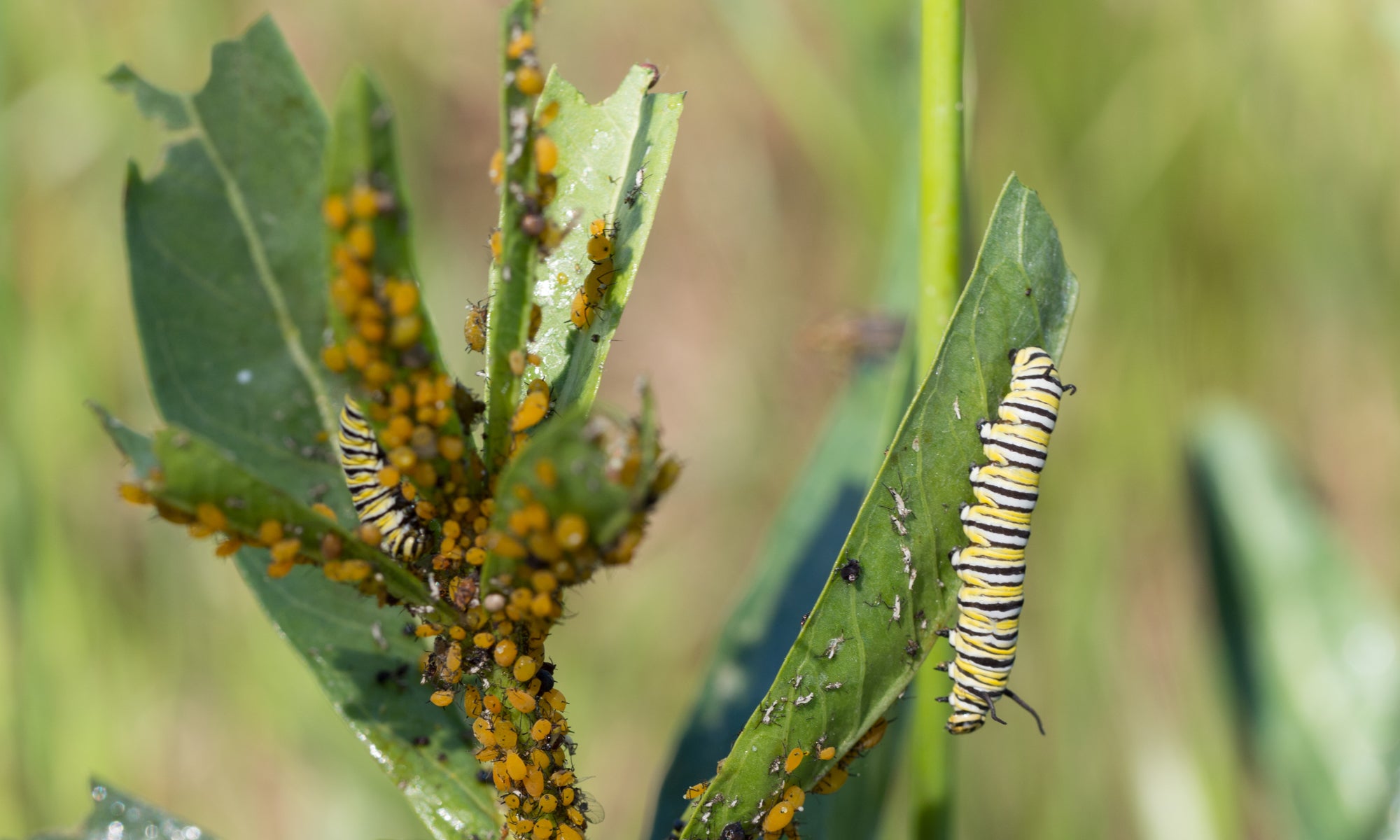Elizabeth G. Postema
Abstract
When constraints on antipredator coloration shift over the course of development, it can be advantageous for animals to adopt different color strategies for each life stage. Many caterpillars in the genus Papilio exhibit unique ontogenetic color sequences: e.g., early instars that masquerade as bird feces, with later instars possessing eyespots. I hypothesize that larvae abandon feces masquerade in lieu of eyespots due to ontogenetic changes in signaler size. This ontogenetic pattern also occurs within broader seasonal shifts in background color and predator activity. I conducted predation experiments with artificial prey to determine how potential signaling constraints (specifically size and season) shape predation risk, and consequently the expression of ontogenetic color change in Papilio larvae. Seasonally, both predation and background greenness declined significantly from July to September, though there was little evidence that these patterns impacted the effectiveness of either color strategy. Caterpillar size and color strongly affected the attack rate of avian predators: attacks increased with prey size regardless of color, and eyespotted prey were attacked more than masquerading prey overall. These results may reflect a key size-mediated tradeoff between conspicuousness and intimidation in eyespotted prey, and raise questions about how interwoven aspects of behavior and signal environment might maintain the prevalence of large, eyespotted larvae in nature.
Current Zoology

